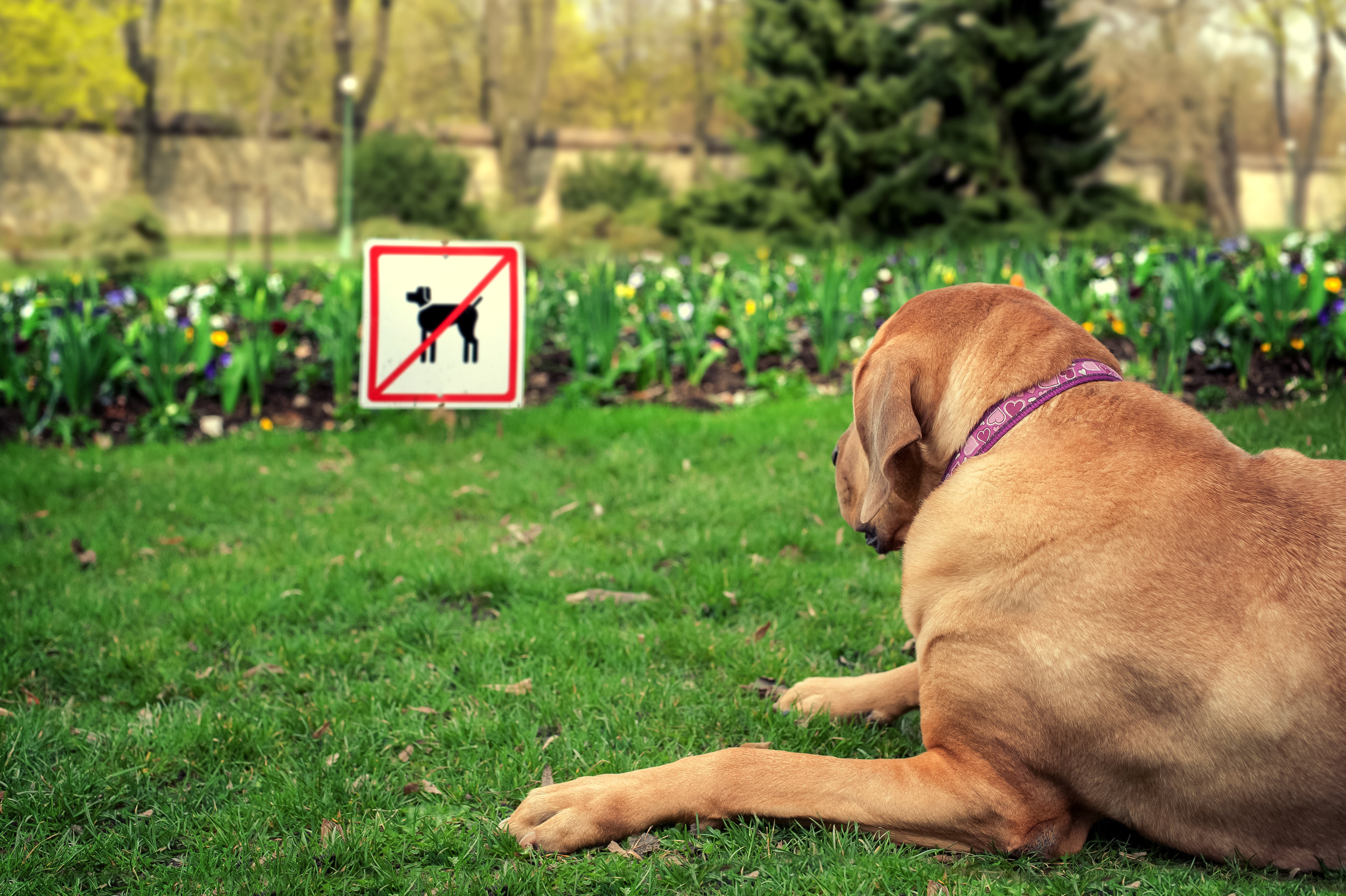Consider how you might handle this situation - a court order to consolidate your invalidity defense from 120 prior art references down to 8. Although you wouldn't necessarily need to create all new charts, you probably would carefully consider how one set of references applied to the the reduced set of claims, better than another, when making that decision. This is what is unfolding in a widely watched litigation between Oracle and Google. Groklaw has posted the Court's order and some commentary. Below is a snipped summary of that order from The Inquirer:
Oracle submitted a total of 132 claims in seven patents and court documents reveal that Google identified "hundreds of prior art references". But US District Judge William Alsup said, "This is too much."
The narrowing of claims down to just three will be made in stages set out by Judge Alsup. The judge said that within seven days of the finalised claim construction Oracle will have to narrow its patent infringement case to 40 asserted claims. A further seven days after that, Google will have to narrow its case arguing patent invalidity to 120 prior art references. Judge Alsup said that this first stage should be completed by the end of May.
via Oracle has to toss 129 patent infringement claims in google lawsuit- The Inquirer.
In the end after the staged reductions, Oracle ends up with 3 asserted claims with Google limited to 8 prior art contentions. There are certainly a lot of variables to consider in this weeding-out process.
When I first learned of the decision and considered its impact, I thought about what changes could be made to PatDek to handle this very scenario. Sure PatDek could help in deciding how to eliminate references for claims that were dropped, but how do you (or software) make a decisions about what reference or combinations of references is best against a claim. This process appears to be a lot more subtle than just choosing between A or B. How could this be accomplished when you have 15 strong candidates that need to be narrowed down to 8? What makes one choice better than another when it's a close call between references? How does Oracle approach this decision when deciding between very similar claims?
I'm going to need to think about the iterative decision process a little more to consider how an objective ranking criteria might apply. Look for a post on this topic later or drop me a comment to start a discussion.





